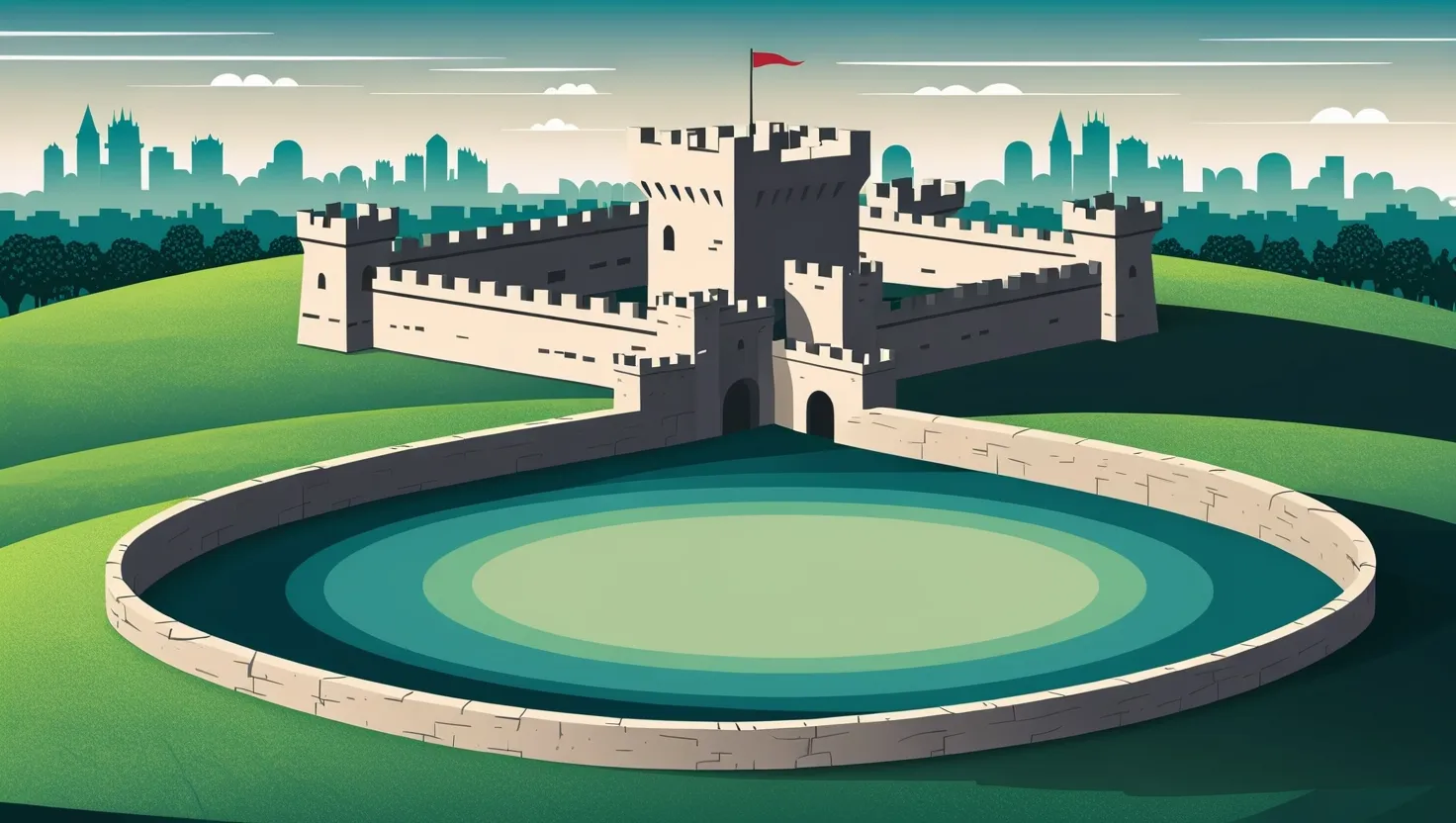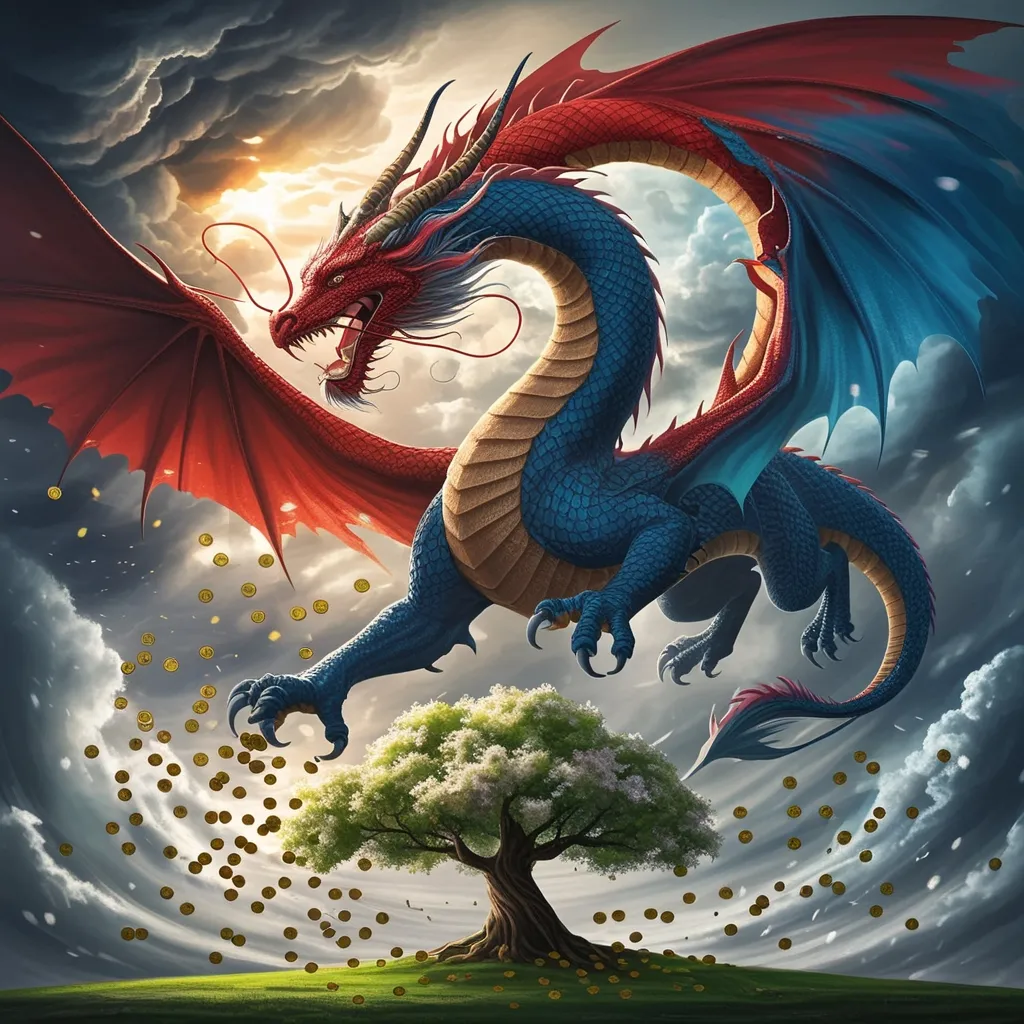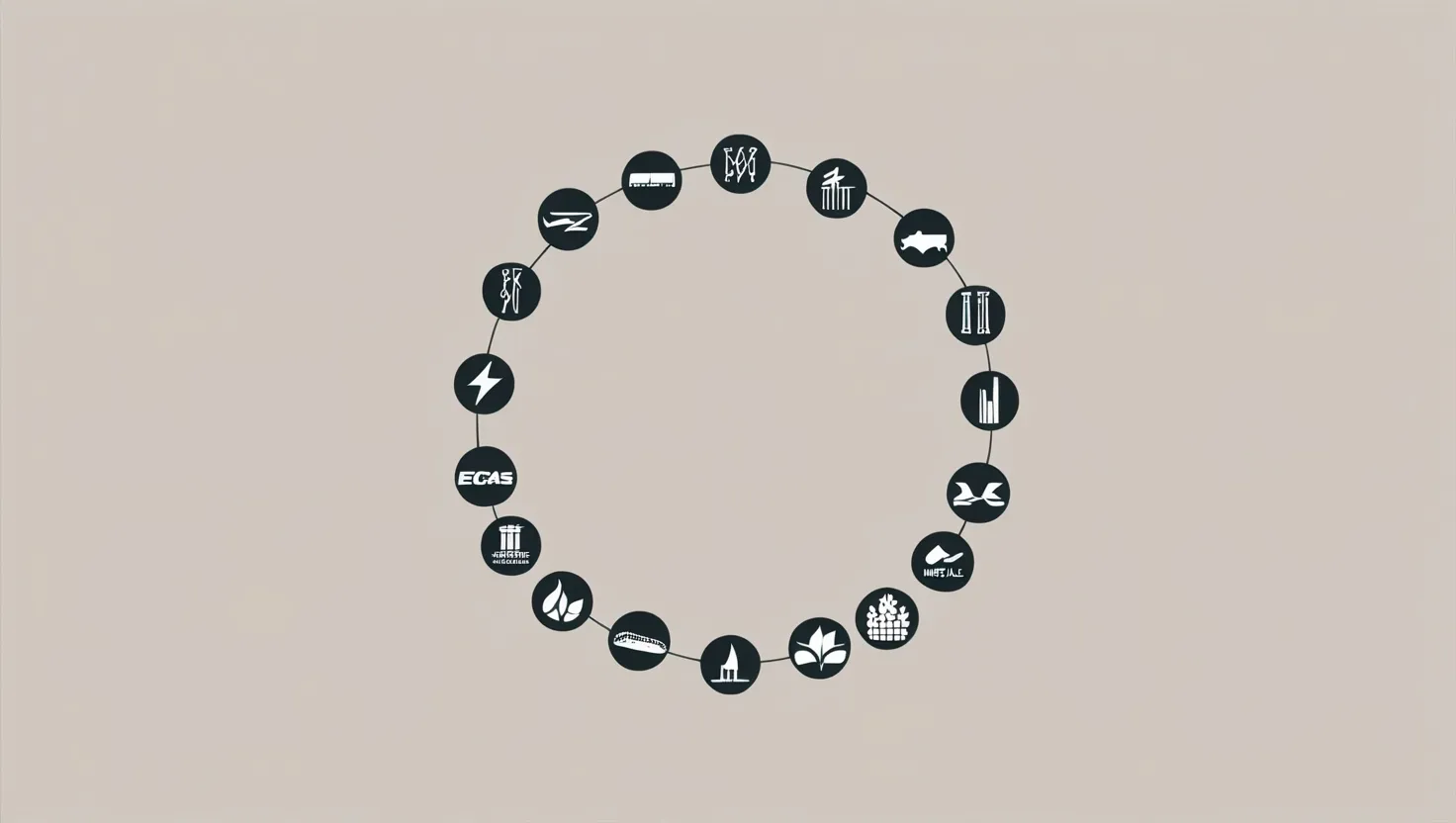When I think about value investing, what naturally comes to mind is the concept of a moat. Not just any moat, but one deep and wide enough to withstand years of competition, disruption, and the unpredictable storms of the marketplace. The moat is an old metaphor, but the ways to find and assess them in today’s market are ever-evolving. My goal here is not only to help you spot these competitive barriers but to understand how their strength—or weakness—directly shapes the fate of long-term investments.
What, exactly, forms a moat? In the simplest terms, a moat is anything that gives a business the power to fend off competitors and maintain attractive returns over years, sometimes decades. The best investors don’t just look for current strength; they seek clues pointing to persistence and even expansion. Warren Buffett once put it this way:
“The key to investing is…determining the competitive advantage of any given company and, above all, the durability of that advantage.”
The first value investing strategy is to focus on network effects. When I evaluate companies, I ask: does the product or service become significantly more valuable as more people use it? Think of social networks, payment processors, or business software platforms. These companies can often turn modest early leads into dominant, nearly unassailable positions. A classic example: while any firm can launch a search engine, Google’s immense user base and data feedback loop make it the default gateway to the internet. The trick is to measure whether the network is still growing, stagnant, or even shrinking. Are users locked in, or is there real risk of rapid migration if something better comes along? Markets can be fickle.
Another angle is analyzing switching costs. Sometimes, the best moats are invisible until you try to leave. For example, enterprise software is notorious for its high integration and transition expenses. If customers must invest considerable time and money to move elsewhere, companies can retain clients through thick and thin—even if competitors offer a marginally better product. I always want to quantify these costs. Are they embedded in training, contractual obligations, data conversion, or behavioral habits? The higher the cost, the stickier the business. But I also ask: could technology or regulation lower these barriers? Digital transformation and open standards can erode even the most reliable markets.
Cost advantages provide another powerful, albeit often misunderstood, competitive buffer. Most investors focus on scale—but scale alone doesn’t always mean a durable edge. I dig deeper. Does the company have access to resources others can’t replicate, such as proprietary technology, distribution networks, or favorable contracts? Or, perhaps, unusually efficient processes? In commodity industries, the lowest-cost producer typically survives downturns, often thriving while weaker peers falter. The risk is that cost advantages invite relentless pursuit by rivals—so I look for evidence that these advantages aren’t easily copied, such as protected locations, patented techniques, or cultural excellence in operations.
Don’t overlook intangible assets. Brands, patents, licenses, and regulatory approvals can produce formidable moats. A powerful brand turns ordinary products into premium ones, allowing for robust pricing power and loyal customers. I’m careful, though, to separate real brand strength from marketing smoke and mirrors. The acid test: when faced with a price hike or a stumble in quality, do customers return or bolt? With patents, I consider remaining duration, risk of legal challenges, and relevance as markets evolve. For licenses or approvals, political and regulatory change can reshape the landscape overnight.
So how do you actually measure moat strength? Numbers matter. I track return on invested capital (ROIC) over long periods—preferably across business cycles. A true moat should allow a company to consistently earn returns above its cost of capital, with minimal mean reversion. Pricing power can be tracked in gross margins: do they hold steady or even expand, especially when raw materials or labor costs rise? Market share is another clue. Stable or growing share in a mature industry points to real, not fleeting, competitive muscle.
But it’s not enough to measure the present. Every advantage is a moving target. How will tomorrow’s disruptors change the picture? Will new technology collapse switching costs, commoditize what was once unique, or enable new entrants to scale faster than ever before? I interview customers, study regulatory trends, and stress-test scenarios. The durability of a moat often comes down to culture—does management invest in innovation, regularly refresh the product lineup, and defend the business with vigilance? Or are they complacent, milking fading advantages?
This brings me to patience—a misunderstood but utterly vital piece of the value investing puzzle. Companies with robust moats can often appear overvalued in the short term because their quality is obvious. Yet, market jitters, headlines, or temporary setbacks create windows where these moats are available at a fraction of their intrinsic worth. I recall case studies where firms like American Express, Microsoft, and Moody’s faced public skepticism—regulatory changes, lawsuits, or missed quarters—but their core advantages remained intact. Those who stepped in, and simply waited, were richly rewarded as the compounding engine of a moat-powered business did its work.
“The stock market is a device for transferring money from the impatient to the patient.” This famous line from Warren Buffett sums up why moat-based investing is often a waiting game. Most people obsess over the next quarter. The best returns accrue to those willing to hold through cycles, letting the business compound quietly.
But here’s a caveat: not every moat is forever. One common investing mistake is confusing temporary obstacles to competition with lasting structural barriers. For instance, a company might benefit from a strong patent or extraordinary efficiency, but if those edges fade due to expiring intellectual property or rising costs, the moat can drain away with little warning. I always ask: is the current challenge faced by a company merely cyclical or evidence of permanent decline? When a business disappoints, it’s tempting to buy on the dip—but unless the competitive advantage is truly intact, you could end up catching a falling knife.
Consider the story of Kodak. For decades, it appeared untouchable, with one of the world’s best-known brands and enormous scale advantages. But as digital imaging technology matured, Kodak’s moat evaporated because it failed to innovate and adapt. In contrast, Apple, often dismissed as overvalued at different points, consistently widened its moat through brand power, user loyalty, and an integrated ecosystem no competitor could easily replicate.
So, when I spot a company with a competitive advantage, I probe for signals of expansion or erosion. Are customer reviews and retention improving? Is product development robust? Are new entrants having trouble gaining traction? Or do I see signs of pricing pressure, margin compression, or stagnating sales that suggest the moat is narrowing? Sometimes, the best indication comes from insider behavior—are executives investing heavily in R&D, or are they quietly cashing out?
Markets are not always rational. Prices can swing wildly, especially in the face of fear, exaggeration, or misunderstanding. This creates opportunities for the diligent and the patient. I remember times when the market punished great companies for temporary headwinds—think regulatory delays, product recalls, or management turnover—only for those firms to rebound once the underlying advantages reasserted themselves.
Here’s a question I always ask myself: If I were starting from scratch, would it be possible, or even reasonable, for a well-funded rival to replicate this business and take share? If the answer is “no” due to an entrenched network effect, irreplaceable brand, or regulatory license, I know I might be looking at a rare, enduring moat. But I double-check: have recent developments changed the equation?
As I finish this reflection, I’m reminded by another quote from Charlie Munger:
“It’s not supposed to be easy. Anyone who finds it easy is stupid.”
Moat-based investing demands research, skepticism, and a willingness to look past surface appearances. It asks for patience, but also adaptability; markets and industries move quickly, and today’s castle can become tomorrow’s ruin. The real edge comes from thinking independently, asking hard questions, and being ready to act decisively when the crowd is wavering.
If you can master this—identifying, sizing, and monitoring moats—you’re already ahead of most participants in the market. The process is not static. Rules and frameworks help, but the real skill is in constant learning and humility. When you make mistakes, dissect them. When you succeed, ask why, and whether the advantage you spotted is still in place.
So, next time you look at a potential investment, don’t just ask what makes it successful today. Dig into why it is likely to stay successful ten years from now, and whether you’ll have the discipline to sit tight while market noise swirls around you. That’s where real value, and lasting investment success, is born.






